Airbrushing is a big part of the TTRPG and wargaming hobby that people find intimidating to be part of initially. I’ve been meaning to write more about it for a while, and then I saw Zach’s question on Twitter:
I’m in the market for an airbrush. I have only seen them on YouTube never in person. Does anyone have a recommendation on a good one to start with? Should I go with Amazon’s Choice?
What will you do with your airbrush?
Before you can choose an airbrush, you need to decide your purpose for the airbrush:
- Airbrush primer? (Great for when you can’t use spray cans due to weather or your hobby space situation)
- Big paint jobs like airbrushing terrain?
- Painting details?
- Miniatures?
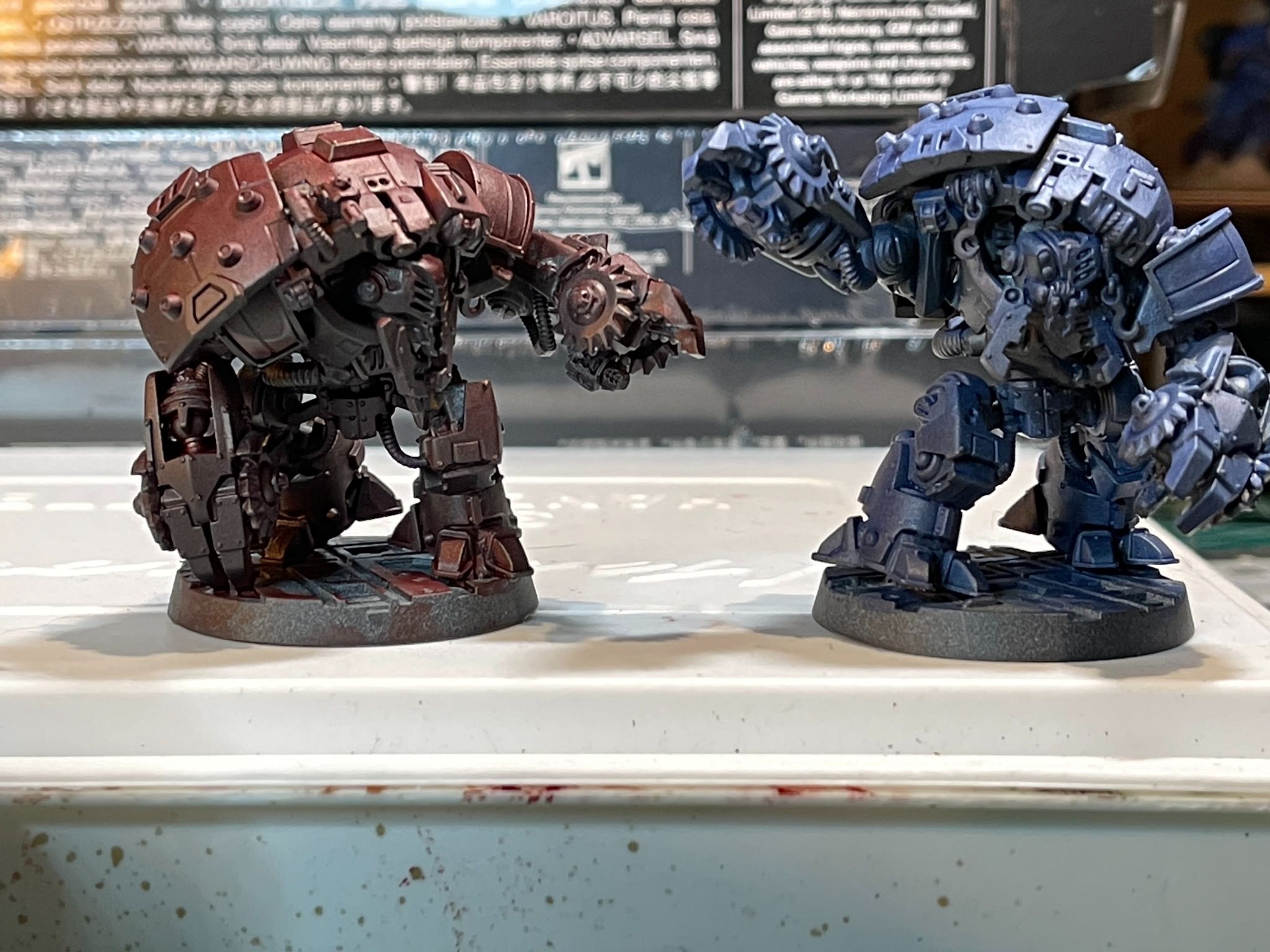
My recommendations depend a lot on what you will do, or do you just want to experience airbrushing and then work from there?
Do You NEED an Airbrush?
In many situations, you can get as good, or a similar effect, by using washes, glazes, and dry-brushing. While it is tempting to think you need to get an airbrush and all the things that go with that, don’t be misled.
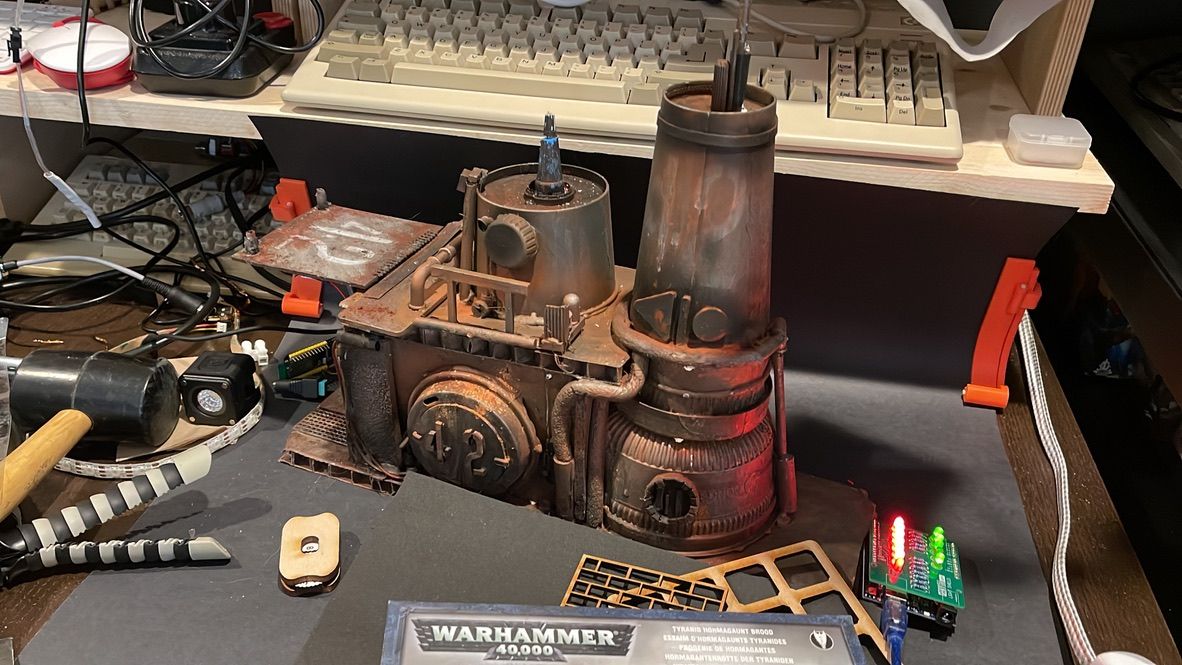
Airbrushing is awesome, but it is a whole learning curve and set of expenses that you might not need to invest in.
WHERE will you use your airbrush?
Will you be spraying in your basement or somewhere?
Does your setup need to be portable or will it have a forever home?
Do you need ventilation for airbrushing? Yes!
Good ventilation is obviously important too. While in the miniatures hobby, we tend to use safer “non-toxic” paints that are water and acrylic-based rather than oil, solvents, or worse, the particles are not fun to have in your lungs and we do not know the long-term effects.
Personally, I have a cheap foldable airbrush spray booth hood from Amazon, but it has always been set up since I moved into my new office arrangement. For ventilation, it has basically a built-in computer fan behind a basic air filter, with an elephant’s trunk hose that I poke out of the window.
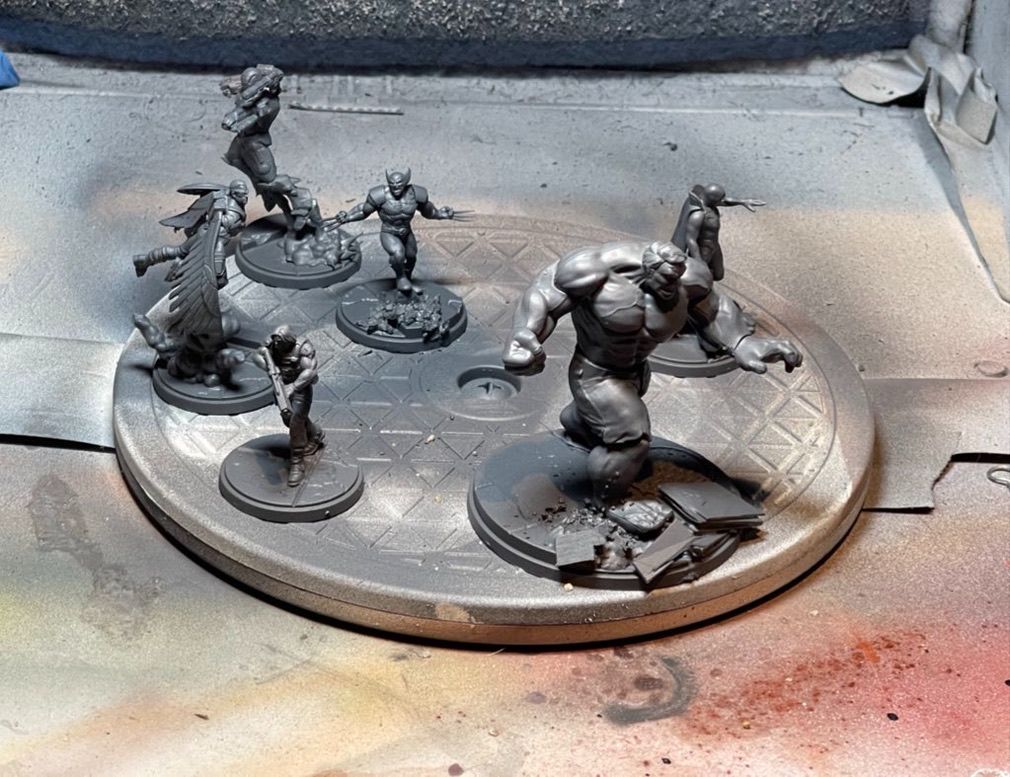
Again with any finishing, such as sanding, it is best to keep tiny particulates out of your lungs and away from your family and pets.
The atmosphere, temperature, and humidity definitely affect paints, so keep that in mind when working on ventilation.
Will You Paint Details or Big Areas?
If you don’t need a fine detail then that makes things a lot cheaper and easier to maintain.
For big areas a siphon feed helps, otherwise, you’ll be re-filling the usual bowl reservoir on the top of the brush with smaller amounts.

Dual-action is an option where you push the trigger down to control the amount of paint you are supplying and pull back to control the amount of air pressure you need.
It does take a little practice to get used to but it provides more control. That might not even be necessary if you need a small “spray gun” rather than an art tool.
Which is the Best Airbrush Compressor?
Back when I was a teenager, I got my first airbrush and it used compressed air cans, this was not optimal for several reasons, but for our purposes here the main one is being able to dial in (literally) the pressure in PSI.
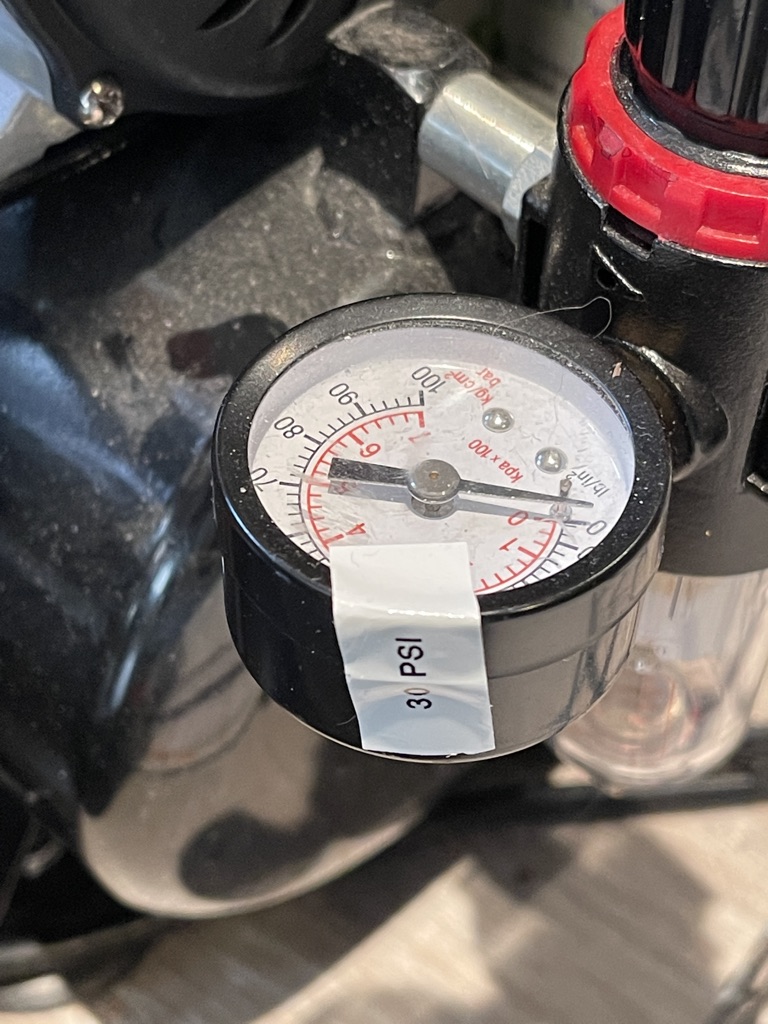
My sweet spot for what I do is around 30PSI. Your own mileage may vary, as will the accuracy of your equipment of course.
I have three compressors:
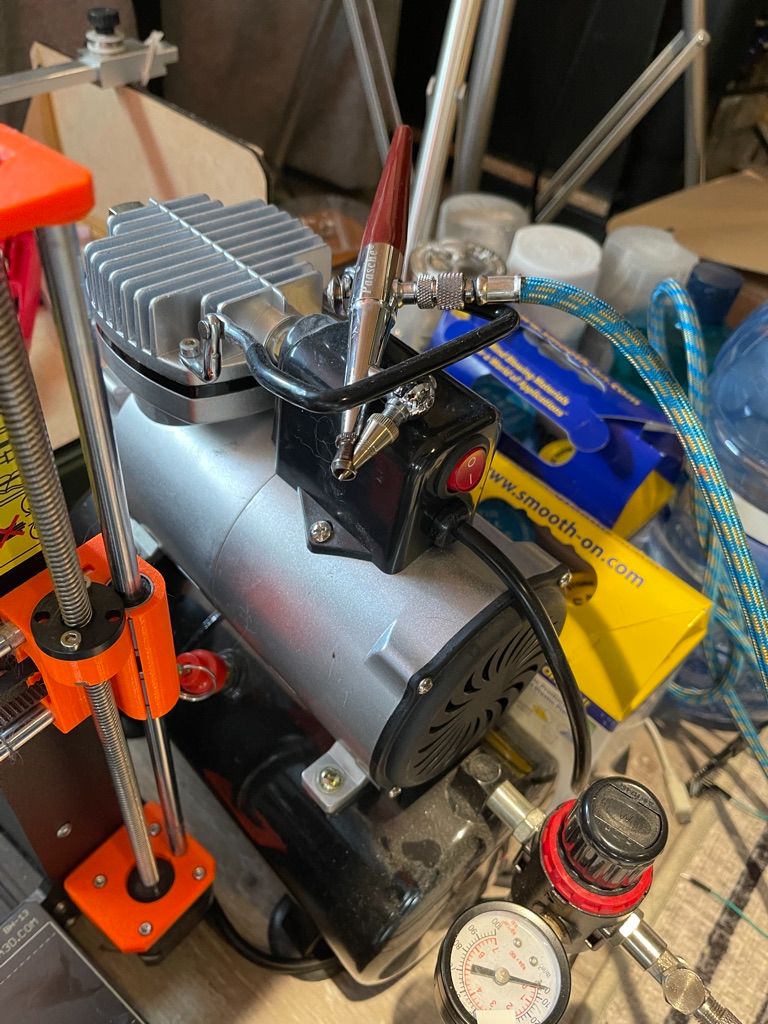
cheap and loud,
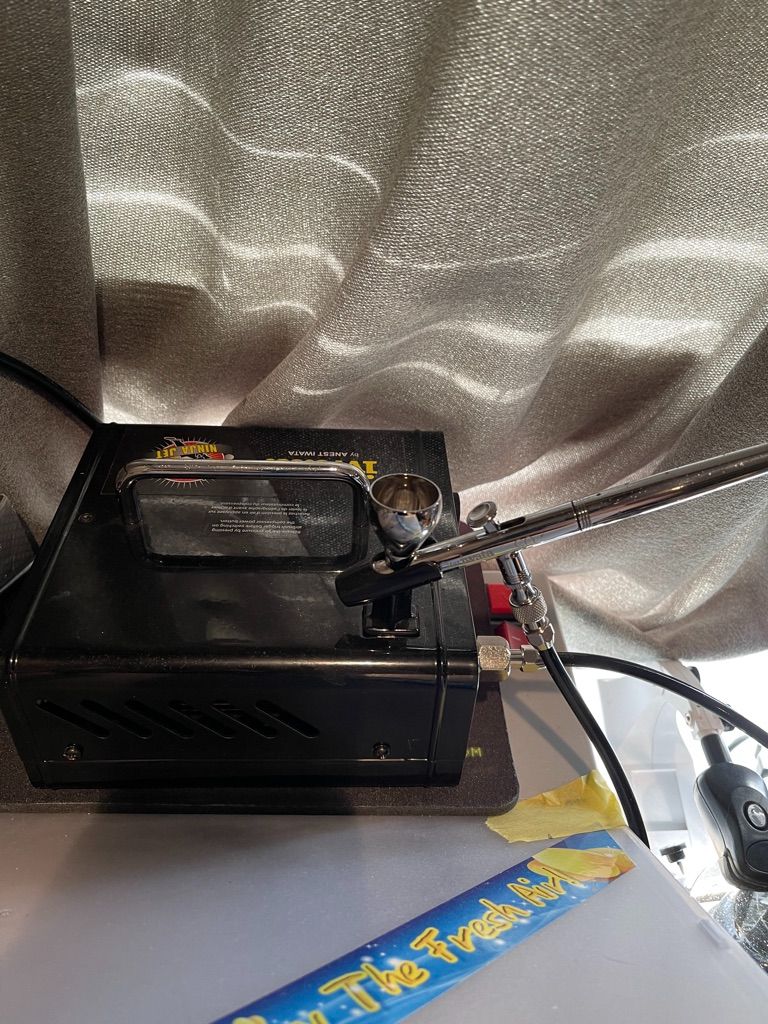
Iwata – is more expensive, but less loud,
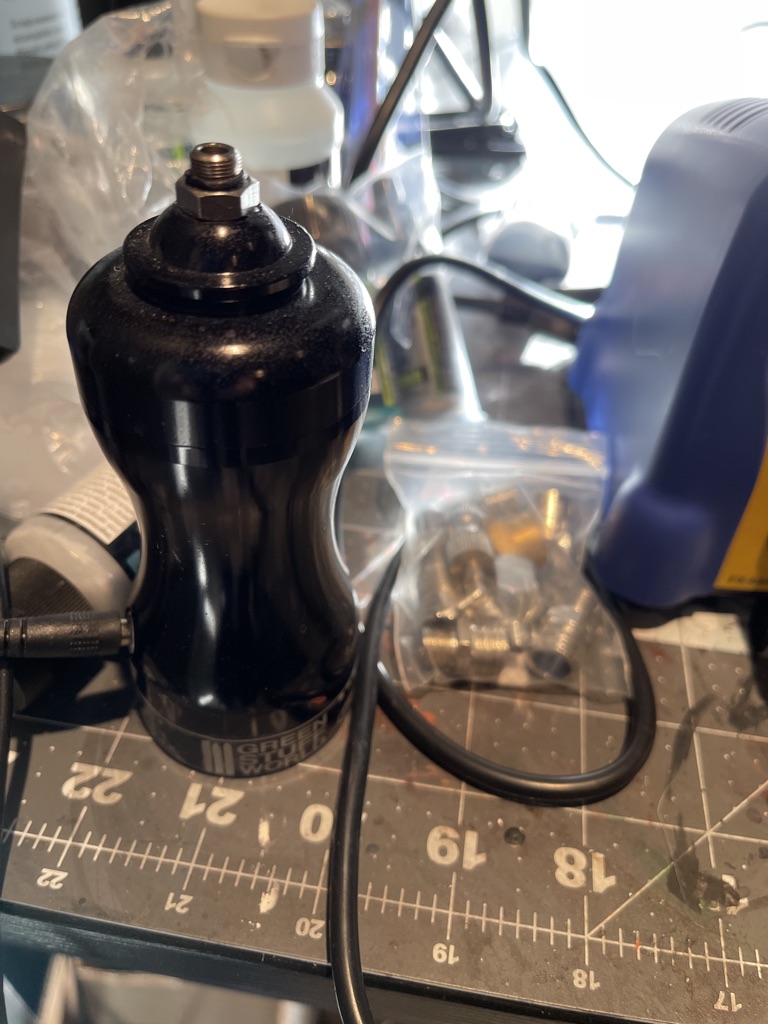
and this portable USB guy that is cheap and has just enough oomf to prime miniatures but not much more than that.
Essentially you will be looking at price, power, and portability. They are all noisy but expect premium options to be less so.
Which Airbrush?
- If you just want to get your feet wet, get a cheap airbrush kit that you don’t mind destroying.
- Check out Badger brand as a good all-rounder for folks getting started
- Paasche brand is cheapish but decent, and I use it for big areas
- Iwata is the most premium I would go, and only if you need fine details and control
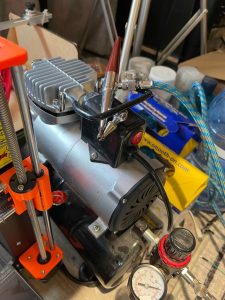
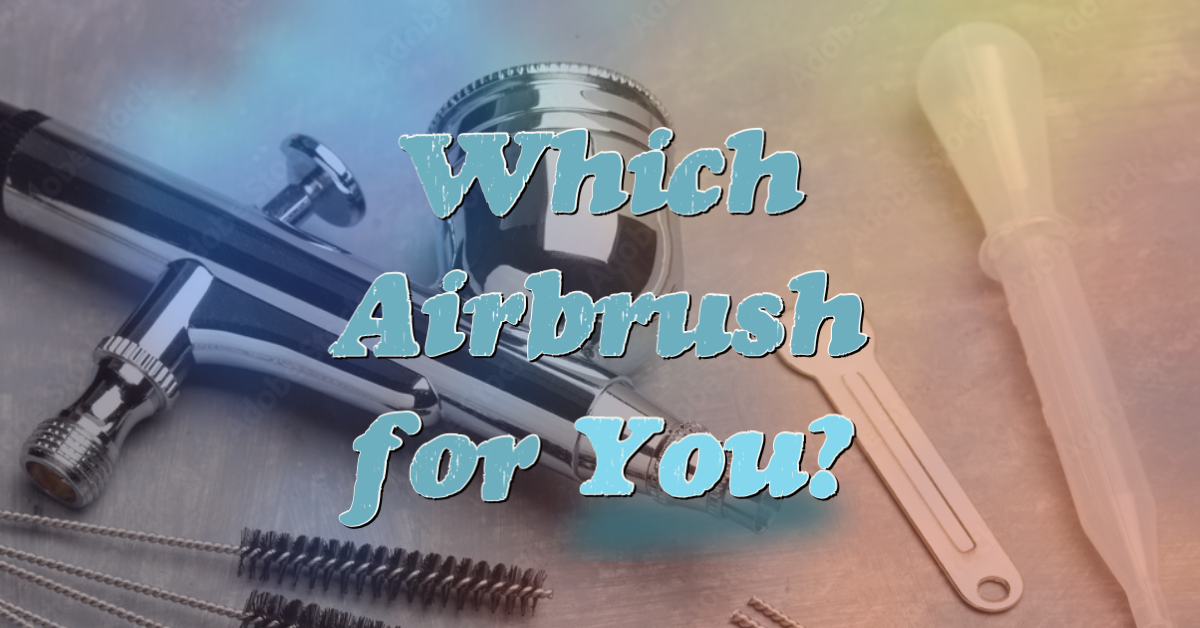
 The Joy of Space Hulk
The Joy of Space Hulk